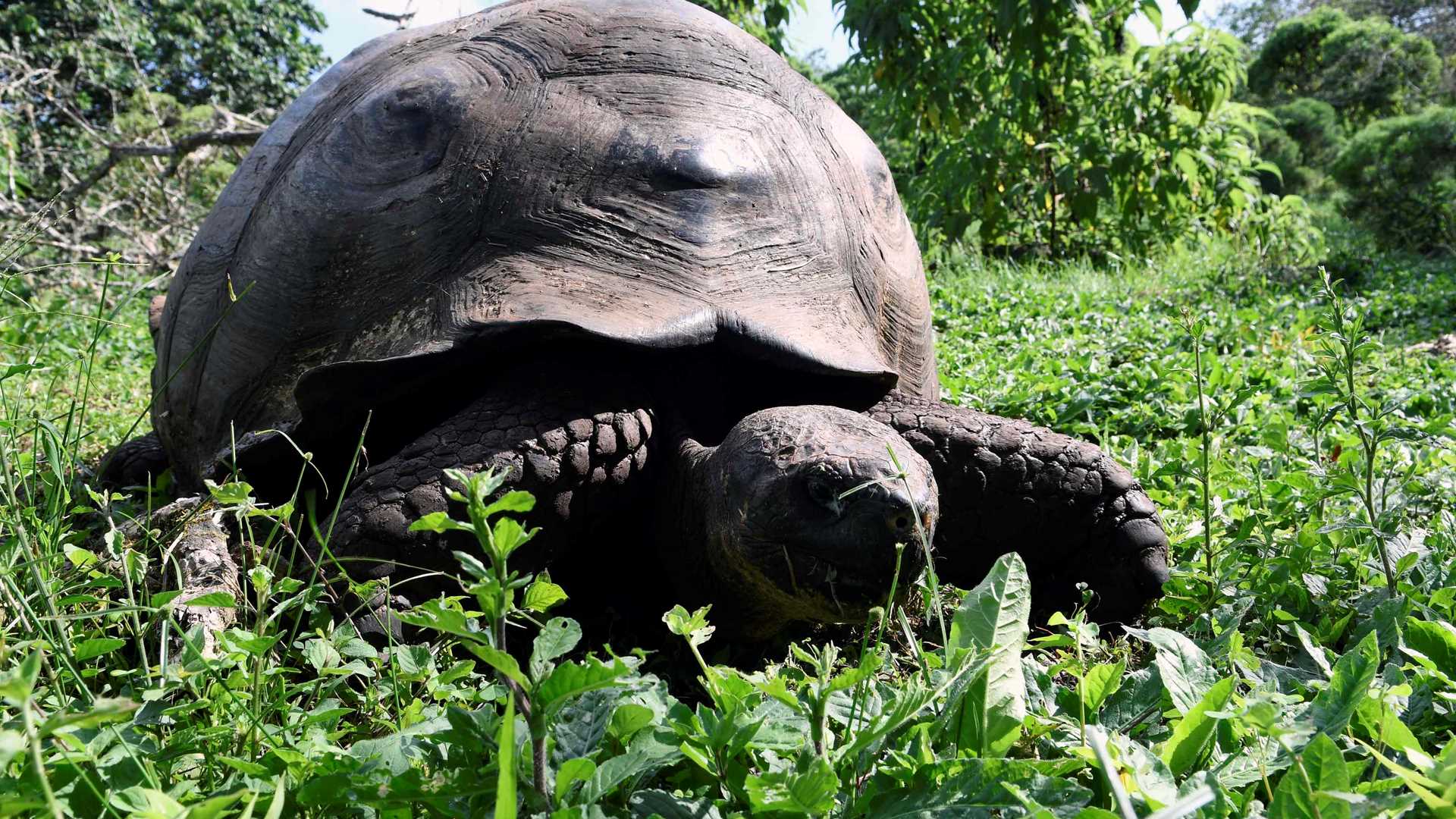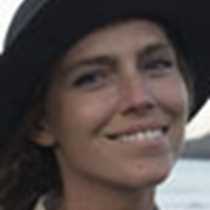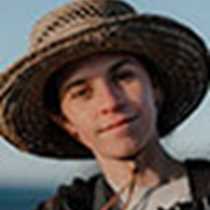Guests onboard National Geographic Endeavour II spent the day exploring Santa Cruz Island. We began the day in the port town of Puerto Ayora and later made our way up to the highlands. Santa Cruz is the most densely populated island in the archipelago with approximately 18,000 inhabitants. It has become the tourism hub and economic center of the province. Guests got a glimpse of what it’s like to live in Galapagos, and learned about how the islands are managed. Our first stop was at the Charles Darwin Research Station.
Established in 1960, the Charles Darwin Research Station was developed in order to gather and analyze information about the natural ecosystems and human settlements of the islands in order to inform the Galapagos National Park on matters of policy and management. The giant tortoise captive breeding program is a highlight of the research station and is not to be missed! Guests learned about how this program is working to repatriate these iconic creatures, which have been historically exploited and threatened by human impacts. One of the most iconic extinctions in recent times was that of Lonesome George. The last of his kind from Pinta Island, Lonesome George spent many years at the captive breeding center without ever having successfully reproduced. His preserved body can now be viewed at the Charles Darwin Research Station as a reminder of the impact we can have on precious natural wonders and resources.
After our visit to the research station we traveled to the highlands to visit a small-scale family-run farm called El Trapiche. Guests learned about how the family makes various products including: sugar cane juice, raw sugar cane, coco, coffee, and sugar cane rum. We sampled various products and guests had the opportunity to purchase these exclusive items. After our visit to El Trapiche, we ate lunch at a lovely restaurant situated in the highlands.
At El Chato II, guests had a special opportunity to observe the Santa Cruz giant tortoises in their natural habitat. Given that we are currently in the peak mating months for the giant tortoise, we discussed their reproduction strategies and migratory patterns. Giant tortoises are considered “bioengineers,” given that they alter their natural environment simply by virtue of their behavior; they are mega herbivores, responsible for the landscaping of the vegetative profiles of Galapagos.
In the evening, guests enjoyed live entertainment from local artists. Dancers, musicians, and artisans boarded the ship to showcase some of the local Galapagos culture.









